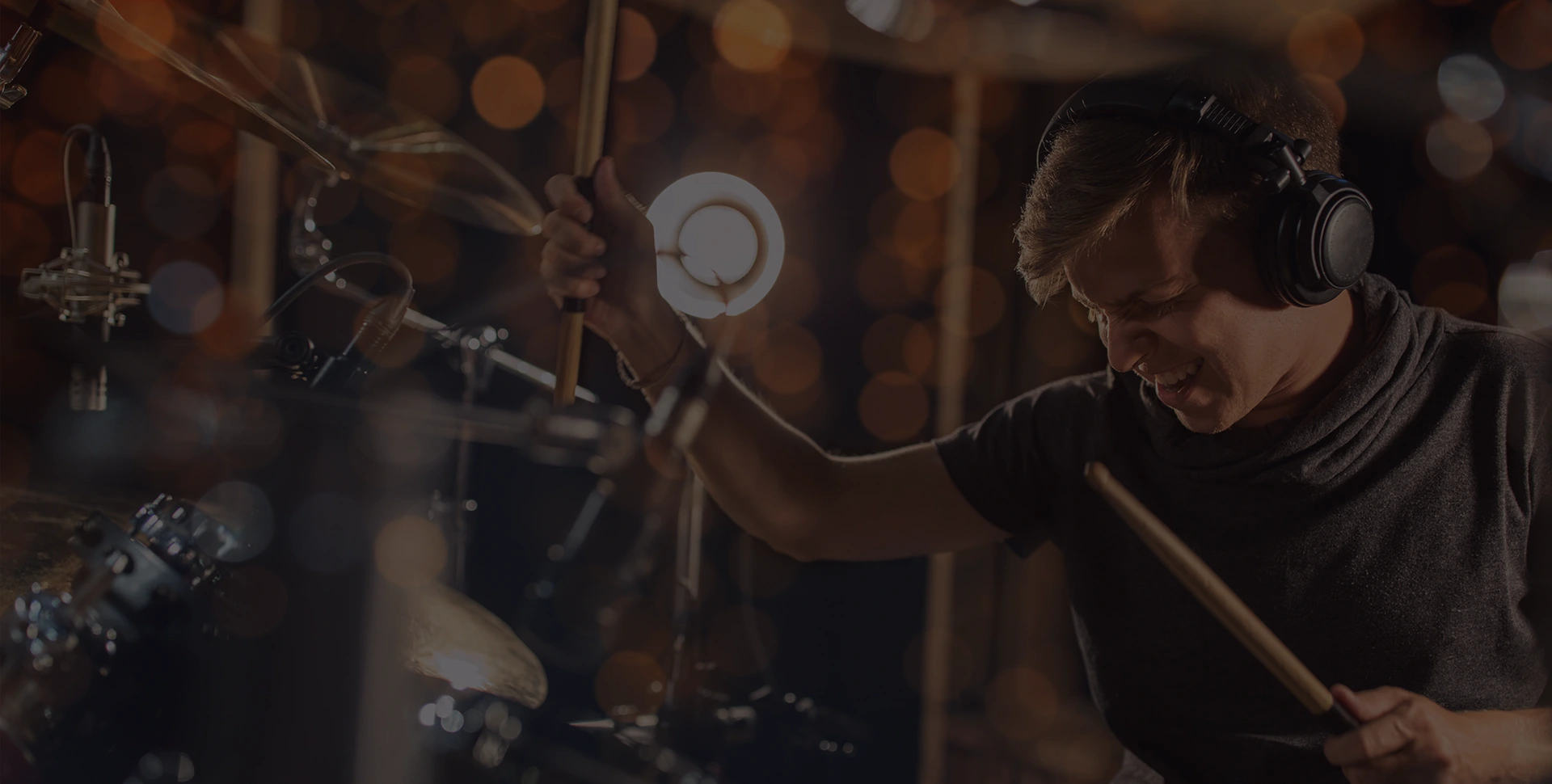
Discover, feel and create music
Music is an art form and cultural activity whose medium is sound organized in time. Common elements include pitch, which governs melody and harmony; rhythm and its associated concepts of tempo, meter, and articulation; dynamics (loudness and softness); and the sonic qualities of timbre and texture.
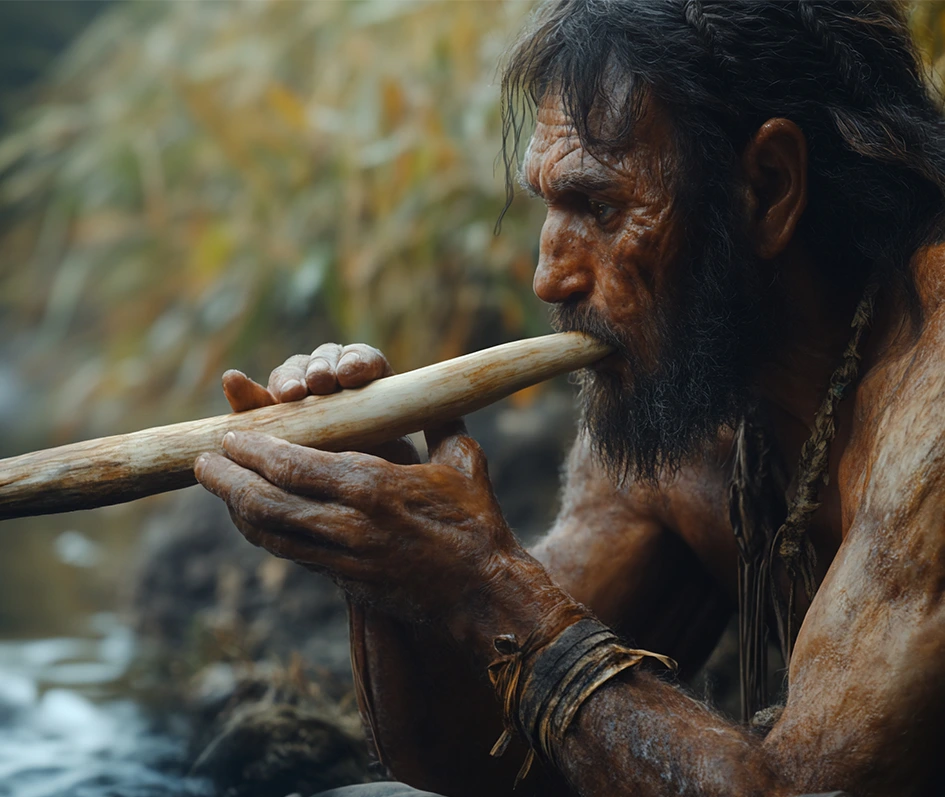
The historical development of musical traditions
The history of music is intertwined with the history of human civilization. Ancient cultures used music in rituals and ceremonies, with early instruments often made from natural materials. The development of musical notation in the medieval period allowed for the transmission and preservation of complex compositions, fundamentally changing how music was created and shared. This evolution continued through distinct eras, each with its own aesthetic values.
Technological advancements have consistently shaped music’s trajectory. From the invention of the printing press, which distributed sheet music widely, to the advent of recording and digital production, technology has democratized both the creation and consumption of music, leading to a vast proliferation of styles.

A spectrum of musical genres and styles
A music genre is a conventional category that identifies pieces of music as belonging to a shared tradition or set of conventions. It is to be distinguished from musical form and musical style, though in practice these terms are sometimes used interchangeably. Music can be divided into different genres in many different ways, such as into popular music and art music, or religious music and secular music.
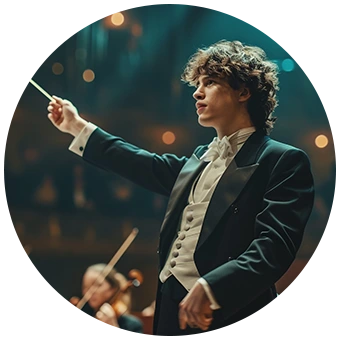
Classical traditions
Includes complex instrumental forms like the symphony and sonata.
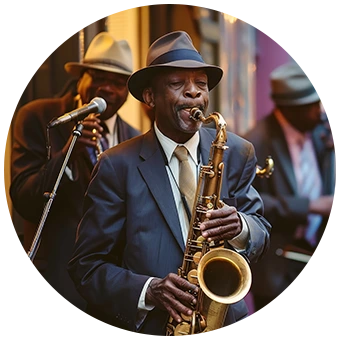
Jazz improvisation
Defined by swing rhythms, blue notes, and collective improvisation.
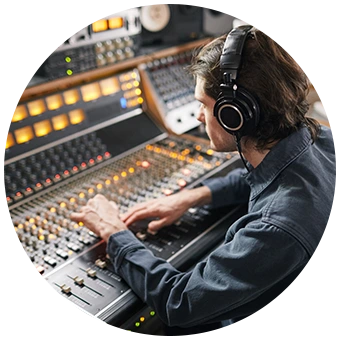
Electronic soundscapes
Utilizes synthesizers, samplers, and digital audio workstations for creation.

Global Folk Music
Transmitted orally, it reflects the cultural identity of a community.
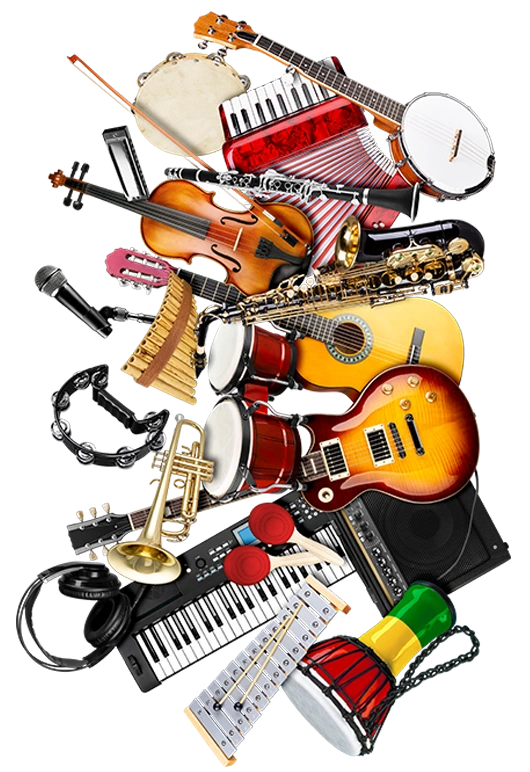
The technology and tools
of sound creation
Musical instruments are the primary tools for creating music, each possessing a unique timbre and range. They are generally categorized into families based on how they produce sound, such as strings, woodwinds, brass, and percussion. The evolution of these instruments, alongside the development of electronic gear and digital software, has continuously expanded the sonic palette available to composers and performers.
String instruments
Sound produced by vibrating strings, as with the cello.
Electronic instruments
Generating sound via electronics, such as the theremin.
Percussion instruments
Struck or scraped to create rhythm, including the timpani.
Keyboard
instruments
Played using a keyboard, with the pipe organ.
Wind instruments
Divided into woodwinds and brass, such as the clarinet or horn.
Recording technology
Equipment like microphones and audio interfaces capture performance.

The Musician’s Craft: creation and performance
The creation of music involves both technical skill and artistic vision. It begins with the study of music theory, which provides a framework of harmony, melody, and rhythm. Composers use this knowledge to write new pieces, while performers interpret existing works, adding their own unique expression. Practice is essential for developing the technical proficiency required to execute complex musical passages with precision and artistry.
Performance is the act of presenting music to an audience. It can range from a solo recital to a large orchestral concert and may involve improvisation, where music is created spontaneously. The artist’s interpretation of a score and their stage presence are key to a compelling performance.
The connection between music and emotion
Music has a profound ability to evoke a wide range of human emotions. This connection is achieved through the manipulation of its core elements. A fast tempo combined with a major key often conveys a sense of happiness or excitement, while a slow tempo in a minor key can elicit feelings of sadness or contemplation. The interplay of tension and release, created through harmony and dynamics, guides the listener through an emotional journey.